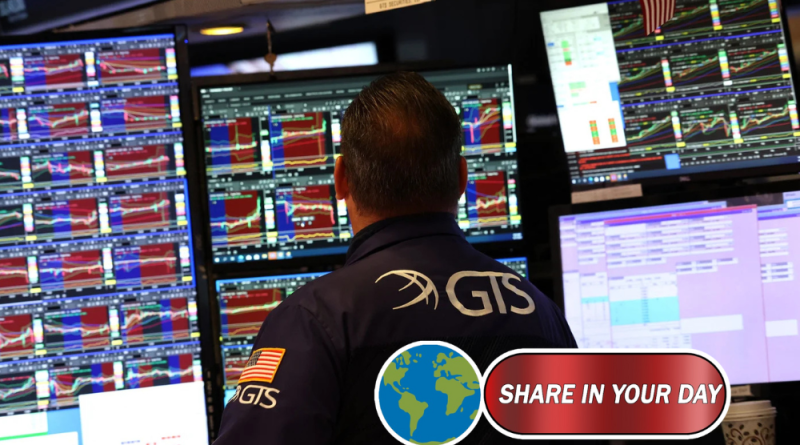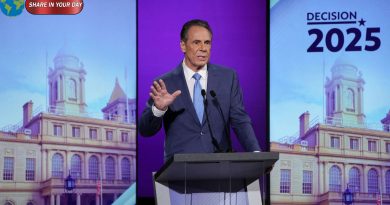Retail Investors Are Powering Market Gains — and Wall Street Is Getting Nervous
Retail investors are once again reshaping the U.S. stock market — and their return in force is starting to make some on Wall Street uneasy.

Data released this week show that individual investors are piling into equities at the fastest pace since the 2021 meme-stock mania. Citigroup’s index tracking stocks most favored by retail traders — which includes popular names like SoFi Technologies, Riot Platforms, and Meta — has soared 30% since the beginning of September. In contrast, the benchmark S&P 500 rose just 4.3% during the same period.
JPMorgan Chase estimates that retail investors snapped up around $7 billion in equities during just the first week of October. That marks a 40% increase from the average weekly buying seen over the summer, making this the strongest retail-driven rally in over four years.
“Every dip is seen as a buying opportunity,” said Steve Sosnick, chief strategist at Interactive Brokers. “Uptrends are something to be chased.”
Fast Money — But Is It Smart Money?
The surge in retail buying has set off alarms among market veterans who recall similar patterns preceding major downturns. Historically, large inflows from individual investors have often signaled overheated market conditions. And while today’s retail crowd may be better informed and more technologically empowered than ever before, the dynamics remain familiar.
Wall Street has long referred to the divide between so-called “smart money” — hedge funds, institutional asset managers, and insiders — and “dumb money,” a term traditionally applied to mom-and-pop investors who tend to follow trends rather than set them.
While that language has become more contentious in recent years, the underlying concern persists: when retail investors rush into popular tech and meme-like stocks, it can create unsustainable momentum that eventually unwinds.
Classic Feedback Loop at Work
Analysts note that the current rally is being fed by a feedback loop in which rising prices draw in more buyers, which in turn pushes prices even higher. While not a one-to-one relationship — stock prices are still influenced by institutional and algorithmic trading — the sheer volume of retail money now entering the market is significant enough to tilt the balance.
JPMorgan also highlighted a rise in options trading among retail investors, another hallmark of speculative fervor. Traders are not only buying stock outright, but also increasingly using derivatives to amplify their bets, raising the stakes even further.
Echoes of Past Booms — and Busts
History is rich with examples of retail enthusiasm coinciding with market tops. In the late 1990s, the rise of online brokerages helped fuel the dot-com bubble, which ended in a painful crash. A decade later, widespread investment in housing and financial stocks in 2006–2007 preceded the global financial crisis.
More recently, the 2020–2021 pandemic era saw a dramatic surge in retail trading, driven by government stimulus and the explosion of zero-commission apps like Robinhood. That frenzy eventually cooled when the Federal Reserve began raising interest rates in 2022.
“We’ve seen this movie before,” one veteran Wall Street trader noted privately. “Retail tends to arrive late and exit late. That can be dangerous.”
A Permanent Shift — or a Warning Sign?
It’s undeniable that retail investors now represent a larger, more stable share of market activity than they have in decades past. The democratization of trading — powered by mobile apps, real-time data, and social media — has given individuals more tools and access than ever before.
But with so much money flowing into a narrow group of high-growth technology names, some strategists caution that the rally may be more fragile than it appears.
“Retail investors are no longer just chasing stocks,” Sosnick added. “They’re shaping the market — but that doesn’t mean they’re immune to corrections.”
Conclusion
For now, retail investors are helping to fuel one of the sharpest market surges of 2025. Their confidence — and capital — have lifted tech-heavy portfolios and reignited memories of past bull runs.
But history suggests caution. When individual traders crowd into trending stocks at record pace, it often reflects late-cycle behavior. Whether this marks a true structural shift or yet another speculative bubble remains to be seen.




